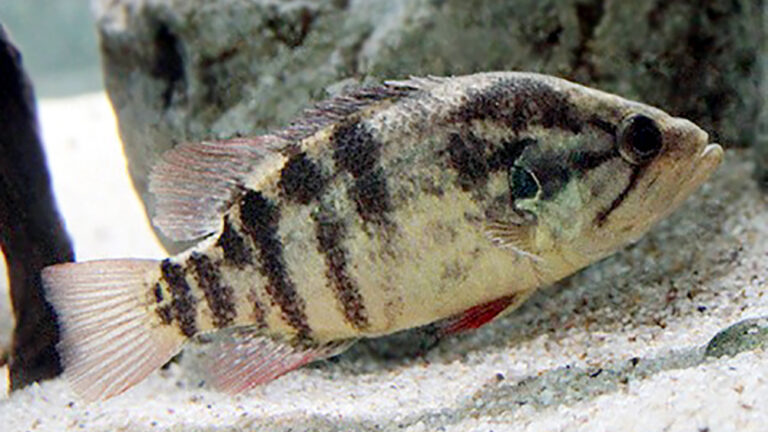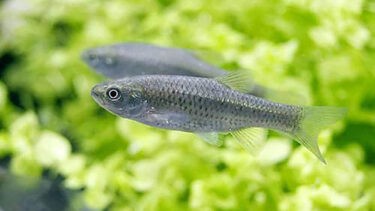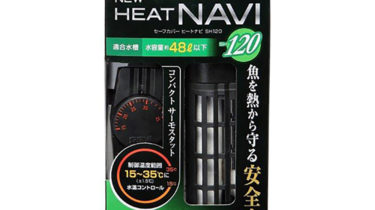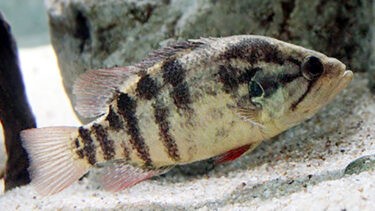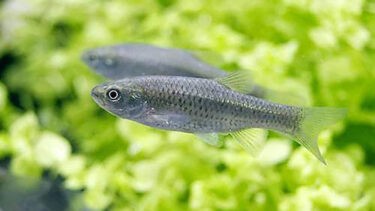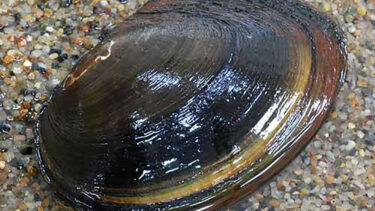The Oyan louse is a species of river fish with an eyeball-like pattern on the back of its gill cover and about six horizontal stripes on the sides of its body. It is an endangered species in some places. In this article, I would like to explain in detail the characteristics of the Oyanami and how to keep them.
What is Oyanami?
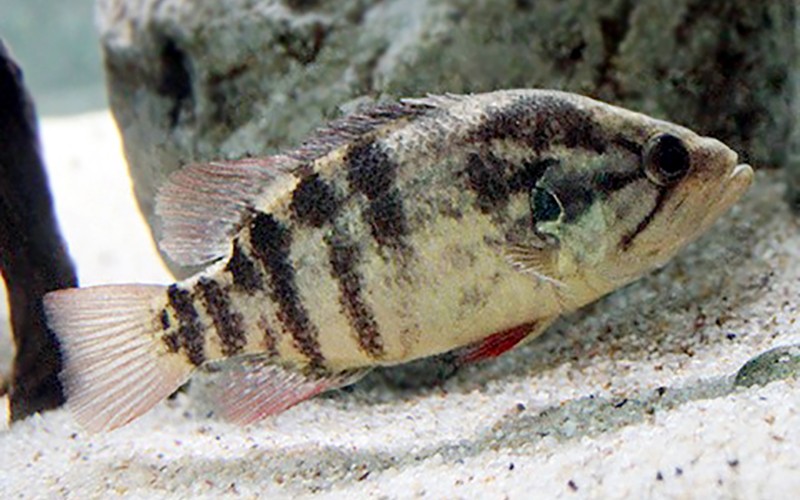
Oyan lice belong to the family of the sea bass family, Acanthuridae, and the genus Oyan louse. The habitat of the Oyanami is the Kinki region, the Chugoku region, the Shikoku region, and northern Kyushu, west of the Yodo and Yura Rivers in Japan.It is also an endangered species in some places. The araya louse has a flattened body shape and a high body height. The araya louse's body coloration is characterized by an eye-like pattern (ocular crest) on the back of the gill cover. The ocular crest is slightly larger than the eye of the arayan louse itself and is very conspicuous. It is believed that the ocular crest is there as a countermeasure against being targeted by larger fish. There are also around six horizontal stripes on the sides of the body. In some places, they are called yotsume.
The Hinamoroko is a light brown river fish with a white abdomen and light dark vertical stripes on its sides. It is also an endangered species in some places. In this article, we will discuss the [...].
Kawamutsu is a genus of carp in the family Carpidae, order Carpidae, that inhabits rivers and lakes in China and the Korean Peninsula in East Asia and in Honshu, Shikoku and Kyushu west of the Tenryu River that flows through Nagano, Aichi and Shizuoka Prefectures in Japan and the Noto Peninsula in Japan. [...]
How to keep oyanami lice
The oyanami will be an easy species to keep, as long as you know how to keep them. The life span of the Kawabatamoroko is about 4 to 5 years. Their body size is approximately 8 to 12 cm. However, both lifespan and body size vary depending on the environment in which they are kept and the food they are fed. They prefer slightly alkaline to neutral water quality, with a pH of 7.0 to 8.0. They can live in water temperatures between 15 and 28℃.
A heater is a device that maintains a constant water temperature. If you go to a specialty store that carries heaters, you will find a wide variety of types. Some people may be at a loss as to which one to choose. In this article, we would like to explain about such heaters [...]
Points to keep in mind when mixing swimmers
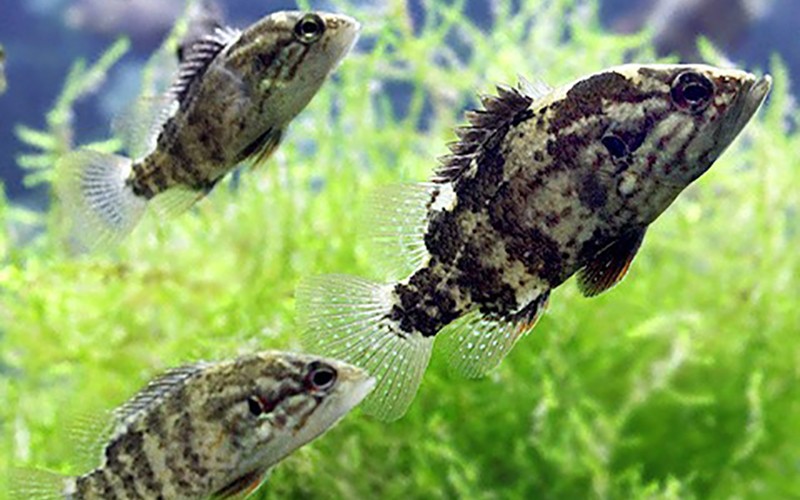
First of all, the temperament of the alewives is rough. Therefore, be careful not to mix them with mouthwatering species, as they may be eaten. It is recommended to mix them with aquatic species that swim around in the water, such as bitterlings, and species that live on the bottom of the water, such as loaches and reef fish.Also, be aware that if the individuals to be mixed with the fish are territorial or chase each other, they may become weak due to stress. If you are concerned about mixing them, we recommend that you add more aquatic plants such as water plants to create hiding places for them.
Many people think that goldfish are the goldfish that you see at fairs and festivals in the summer, and that there are many different kinds of goldfish. And it is no exaggeration to say that each type of goldfish has its own characteristics, and that is the best part about goldfish [...]
When you go to a specialty store to look at killifish, you will be surprised at the many varieties available. The prices are different, as are the body colors and patterns, so it is hard to know what to choose. So, in this article, I would like to explain in detail about the different types of medaka. Types of Medaka Scarlet Medaka [...].
Points about spawning
Many people who keep oystercatchers want to breed them. In the wild, Kawabatamoroko spawn from April to September. During the spawning season, males have distinctive red and blue body color patterns. Females develop a rounded abdomen.When mature males and females are present, spawning beds are created using the submerged parts of stems and leaves of awn and turban grass. However, this method is difficult when breeding in an aquarium, although individuals living in natural rivers do it. Therefore, it is recommended to put an earthen pipe or a PVC pipe in the aquarium, as they are likely to use it as a spawning bed. In the case of the oystercatchers, the males basically protect the eggs and fry. Males at this time of the year are more temperamental and territorial than usual, so care must be taken. Spawning females may also be the target of male attacks, so we recommend moving them to a separate tank.
Points to keep in mind when keeping oyanami lice
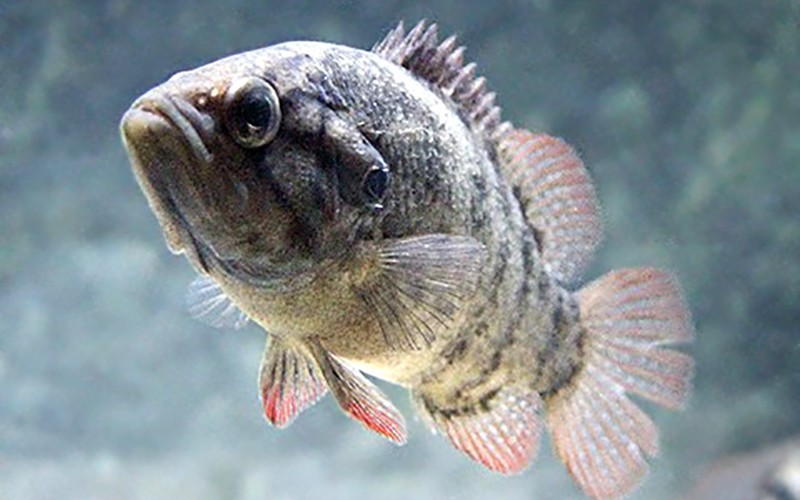
Oyan lice are river fish with a pattern of eyeballs on the back of their gill covers. They are also endangered in some places. Although the alewife is a carnivore, it is safe to use commercially available feed for carnivorous fish when keeping it in an aquarium.Be aware that Oyanami become very aggressive when spawning. They are named Oyanami because the parents stare at them in order to protect their eggs and young. They are an important river fish in terms of education, as they are an essential part of the traditional Japanese ecosystem. If you are interested in Oyanami, we recommend that you visit a specialty store to see them for yourself.
The reef fish is a member of the family Gobyidae of the order Perchidae, found in rivers and lakes in tropical and temperate regions such as Japan and Southeast Asia. It is a river fish characterized by its sucker-like ventral fins that are evenly concave inward. Some species also have a reddish-brown line on the head [...]

